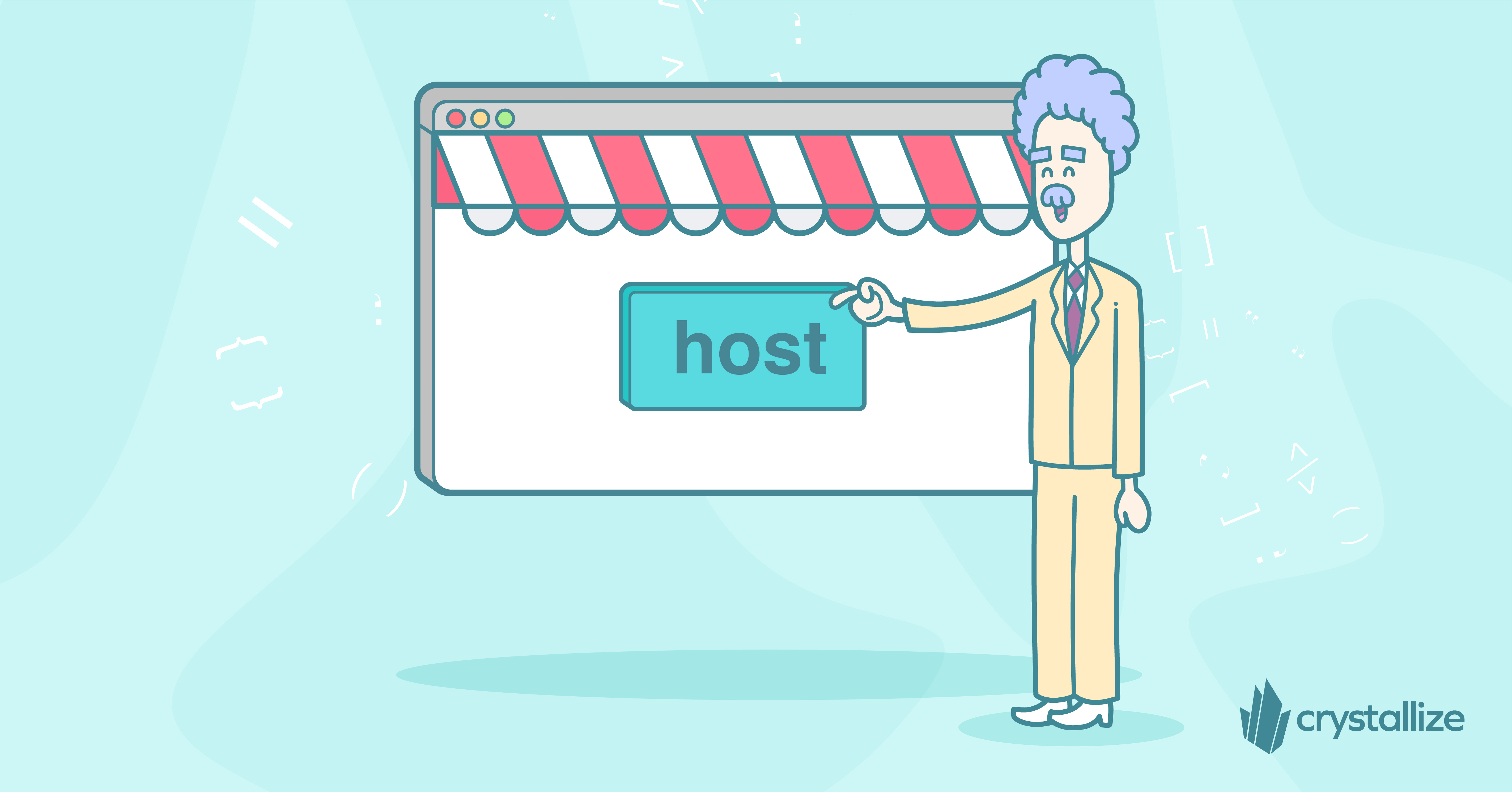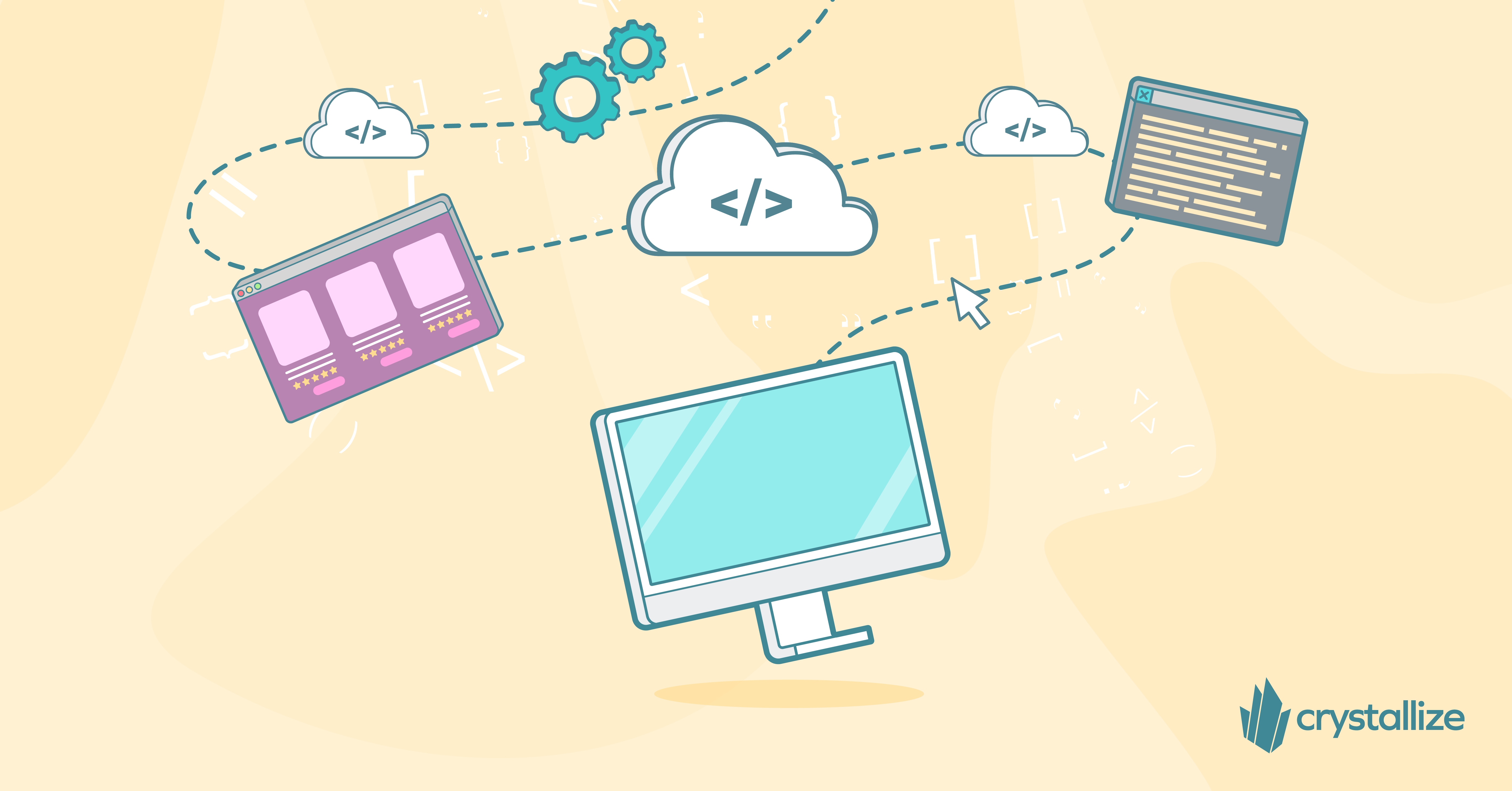Where To Host Your eCommerce Frontend?
You’ve spent a lot of time and effort developing an awesome eCommerce front end. Now, it’s time to make it publicly available. The question is: where are you going to host it?

Why It Matters?
Imagine trying to grow a garden with poor soil and no water. Even if you’re starting with the finest seeds, you won’t get anywhere. Similarly, the hosting environment you choose for your application will have a huge impact on how successfully your eCommerce application launches, performs, and scales over time. You need a platform that’s as fast, reliable, and affordable as possible.
So, which of those millions of platforms out there is the best one for you?
What to Look For?
First, you’ll want to consider your frontend tech and narrow in on platforms that are compatible with it. Other factors may influence your decision as well: for instance, is your website static or dynamic? Think about what other technical considerations may impact your options.
You should also consider whether you have a preference regarding serverless vs. long-lived server environments. In a serverless environment, your backend is controlled by the cloud service provider, and the application code is started and stopped on demand. There really are still servers involved, but you don’t have to worry about managing them. This tends to be less expensive (you’re usually charged based on usage, e.g. number of API calls and/or bandwidth), and great for those who want to focus on developing rather than sysadmin work. On the other hand, you lose a lot of control over your backend. Vendor lock-in also means more risk. You must really be able to trust your provider to keep their environment safe, running, and performant.
On the other hand, long-lived servers are the more traditional model, where your application is hosted in an environment that you manage. This way, you have more control and security. However, it all takes time, money, and many dedicated people to manage well.
Something else to consider is your goal for the deployment. If you’re just using the platform for testing purposes, it’s fine to choose any free, compatible platform. But if you’re deploying for the big time, you’ll have to do more serious research. Here’s a basic list of questions to ask about any platform:
- Do their free plans support commercial use?
- How reliable are they? What’s their uptime? Have they ever had any serious outages?
- How performant are they?
- As your business grows, can they scale to suit your needs?
- What security measures are in place? Have they had any security issues in the past?
- What kind of training/documentation do they provide?
- What kind of support do they provide?
The best way to get a feel for different platforms is to experience them for yourself. Sign up for the free options, deploy your front end on each one, and compare performance, user experience, and other metrics that are important to you.
If you don’t have the time or desire to get your hands dirty, then look for reviews from sources you trust or give comparison tools like this one a try.
Popular Hosting Platform Quick Overview
Below are some of the most popular examples out there, in no particular order, with my own observations thrown in.
Vercel
There’s a reason why the Vercel serverless platform is so popular. Made by the people who brought you Next.js, Vercel works great for Next.js, Astro, Gatsby, and Nuxt projects. It’s free to start and easy to set up, even for non-developers like me!
When I installed and customized a Crystallize open-source boilerplate, I had no trouble deploying it to Vercel afterward. It’s important to note, though, that in Vercel’s terms of service, they say their free plan is only for “personal or non-commercial use.” If you’re looking to actually do business with your eCommerce front end, you’ll either need to upgrade to a paid plan or consider an alternative like Netlify.
Netlify
Netlify is a serverless, tech-agnostic platform similar to Vercel that’s free to start and easy to work with. No wonder that in many of our open-source boilerplate docs, we give instructions for deploying to either Netlify or Vercel.
Fly.io
FLY.IO is another tech-agnostic, long-lived server platform that’s easy to use and get started with due to its CLI and documentation. Also a favorite among developers. When you sign up, you earn credit that you can apply to a plan of your choice.
Platform.sh
Platform.shIt's perfect for those who don’t want to worry about server configuration. It offers a 30-day free trial and proudly claims it’s “by developers, for developers,” and many agree. Perfect for those who don’t want to worry about server configuration. It’s got a 30-day free trial, then starts at $12/month.
Compute
Fastly has the Compute platform for serverless frontend deployment to their global edge network. Not all languages are supported, and different levels of support exist depending on what language you’re using, but they are looking to expand the number of supported languages. A free trial is available.
Cloudflare Pages
Cloudflare Pages is another serverless platform with a fast and secure global edge network. Its emphasis is on Git integration and seamless collaboration among teams. The free plan has unlimited sites, static requests, and bandwidth.
Here are some other popular examples you may wish to evaluate, such as Microsoft Azure Static Web Apps, DigitalOcean, Firebase from Google, GitHub Pages, and Heroku.
The number of platforms out there can make the prospect of evaluating them feel overwhelming. The good news is lots of people have been in your shoes. With a little effort, you can find help, advice, and recommendations.
The effort you put in now could pay dividends in the long run. It’s worth it to set yourself and your customers up with the best user experience possible at an affordable cost.
💎Shift your BUSINESS perspective…
… to headless architecture with Crystallize and reap the performance, SEO, and CTR benefits that come along with it.
START building for FREE, or schedule a personalized 1-on-1 demo, and let us show you how Crystallize can help your business grow.
Follow the Rabbit🐰

Frontend Frameworks in 2024 for eCommerce
Two years ago, we observed that the frontend frameworks ecosystem was expanding so rapidly that choosing the perfect one for your online business or store was becoming increasingly difficult. What's new/changed since then?

Harnessing the Power of Serverless eCommerce
Serverless computing is not a new concept; it is a paradigm that has redefined how eCommerce platforms are hosted and managed.
